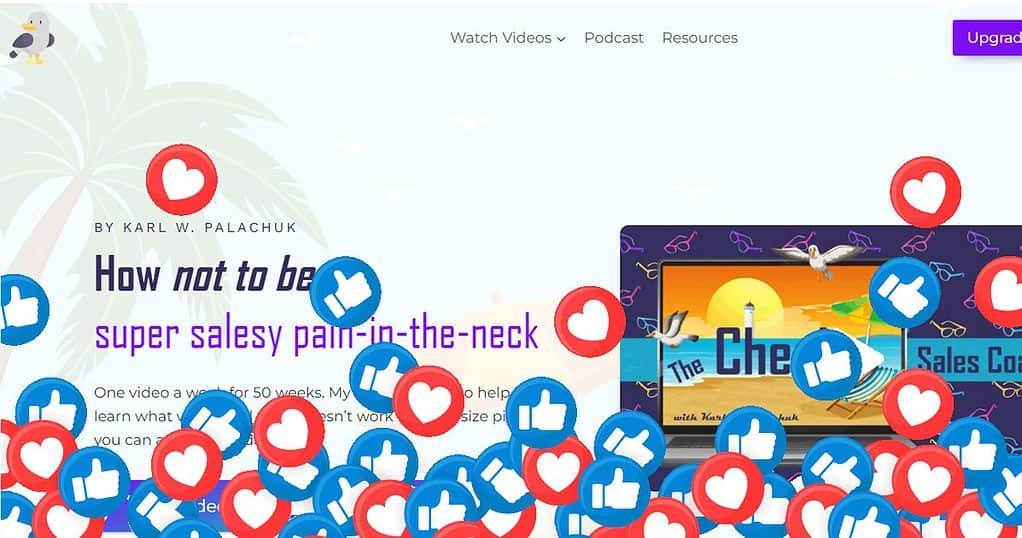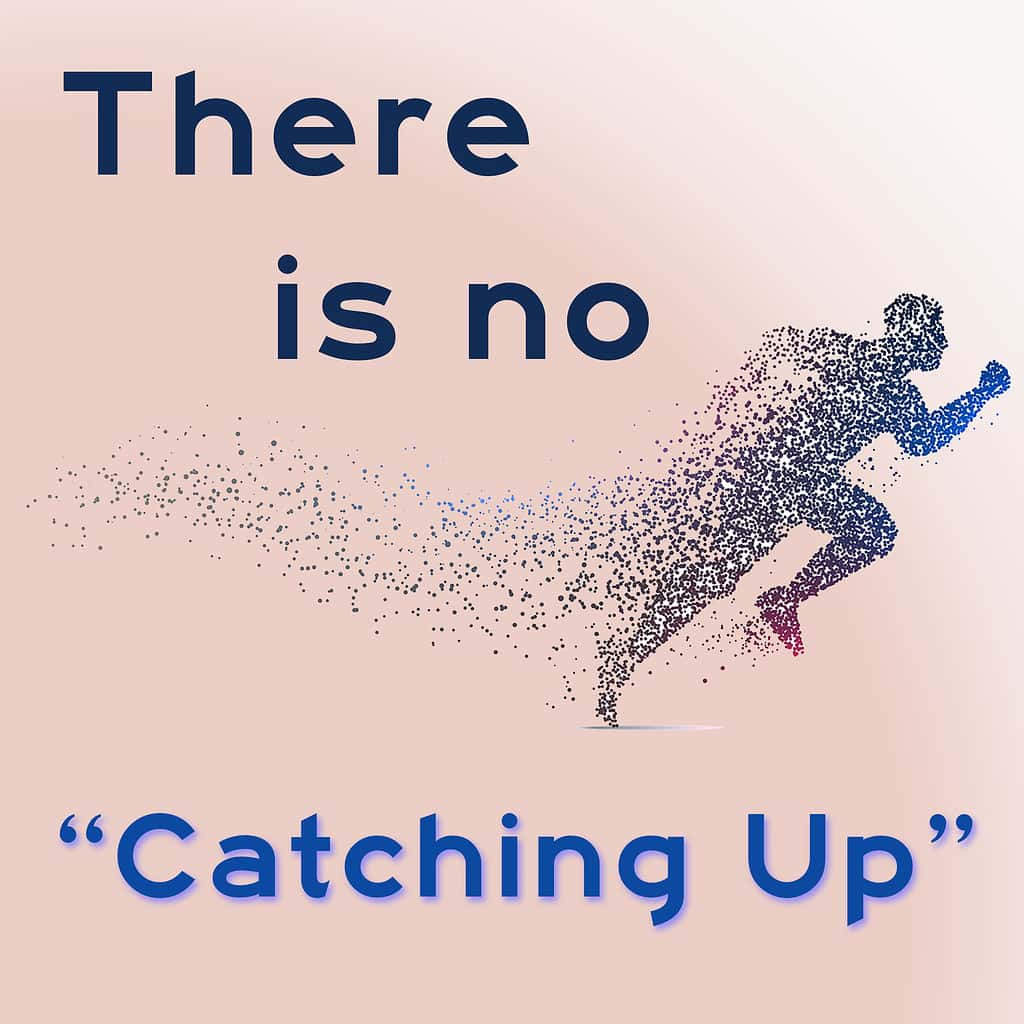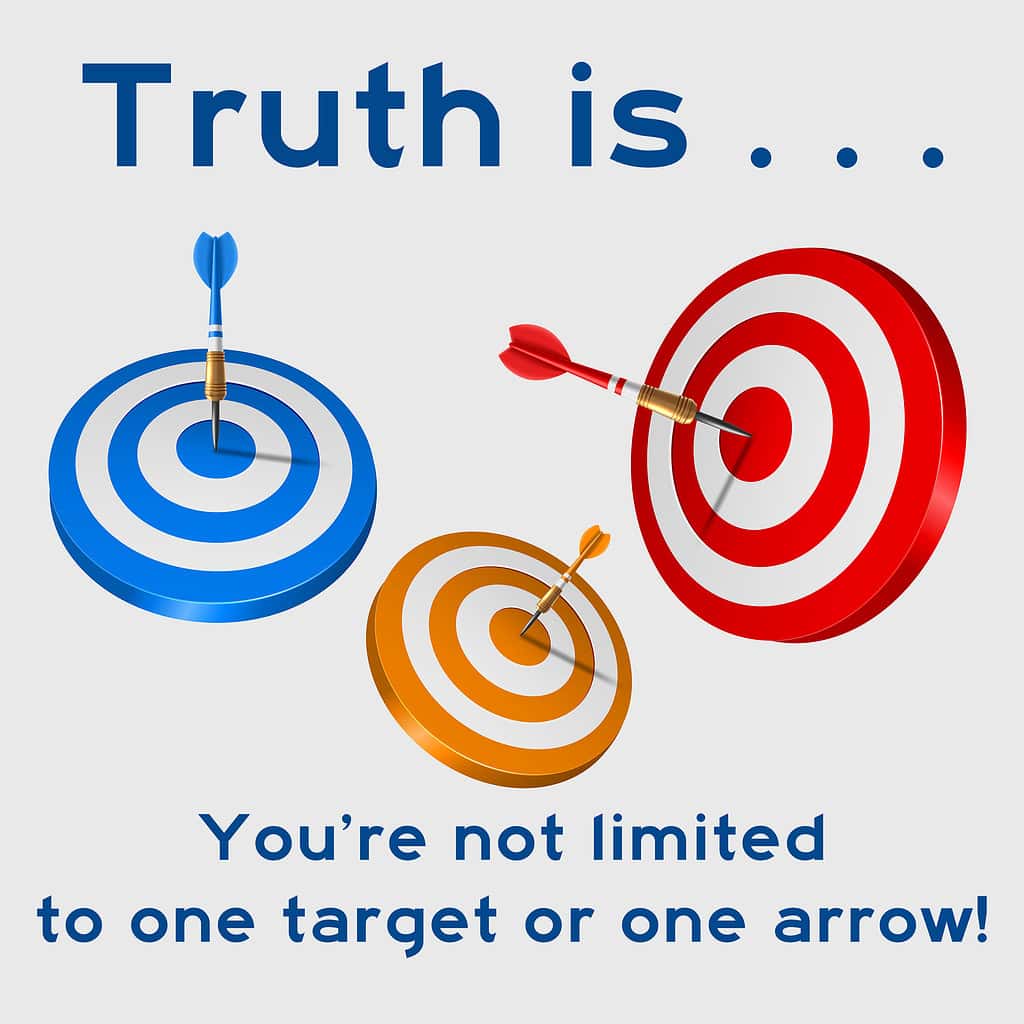No politics here: just reality.
Twitter became a circus side show in 2022. Advertisers don’t know what to do. And many “creators” have no idea if they’ll be kicked off the platform at any minute. At the same time, China, the United States, and other countries are fighting over the future of Tik Tok.
I have long advised businesses to avoid building their business on someone else’s platform. This is particularly true of social media. The second half of 2022 is a great example of why you need to think carefully before you build a business on a platform you don’t control.
In this article I want to look at a few aspects of this problem. First, what do we mean by a platform, and which platforms do you control? Second, do you have to be “all-in” on social media? And, third, some general advice on going to market in the 2020’s.
What Do We Mean by a Platform?
A platform is basically a place to go on the Internet. Each social medium is a platform (Google, Facebook, Tik Tok, etc.). Those are all platforms you don’t control. Your account can be suspended for any reason, or no reason. The entire platform can have problems ranging from government regulation to technical issues, legal issues, and changes that affect your marketing efforts. Again, look at the current news on Twitter and Tik Tok.
Platforms you DO control include your web site, your blog, and your email list. These are much more powerful than your social media for several reasons. Social media posts are very short-lived. On any popular platform, your post has to be seen almost immediately or it will not be seen at all. In addition, Google’s search engine is the 800-pound gorilla of search, and Google does not index the insides of most social media. So, your most popular post inside Facebook is invisible to the rest of the Internet.
The great advantages of controlling your own platform are 1) They can be as permanent as you want; and 2) You set all the rules. You can literally do anything you want on your web site, blog, or email newsletter. And, of course, you have total control of the look, feel, and branding.
There are some platforms that are fairly stable and encourage you to build your brand. One of these is YouTube. YouTube actually views your content and brand as the resource they are “selling” via advertising. But even they have lots and lots of rules you need to follow – and those rules change all the time. In fact, they change so often that there’s a mini-industry of people trying to keep people informed of all the changes!
What Role Does Social Media Play?
In my Cheeky Sales Coach videos and blog posts, I have always pushed two important rules.
Rule #1 – Build your email list (Insert one thousand exclamation marks here)! Your email/newsletter list is the greatest marketing resource you can have. Don’t worry if it’s small. Begin using it today. Begin growing it, nurturing it, and continue loving it from now on. It is never too late to start building a great list.
Email lists have one extremely powerful feature: This is the ultimate list of people who have invited you into the one place they are most overwhelmed and picky about – their inbox! People protect their inboxes very carefully. Inviting you in makes them warm leads by default.
Rule #2 – All of your marketing must include a place to send people. Your call to action, no matter what it is – must include a place to go. Click HERE to register; click HERE to learn more; click HERE for more information.
You have to control the HERE. You have to control the landing page, the registration link, the sign-up form, and so forth. Your marketing (and sales) process online has to include a massive funnel to get people onto your properties (email list, blog, podcast, web site, etc.), and then each piece of the marketing and sales processes must do its job.
For example, the ad gets people to your list. The list landing page gets people to sign up. The thank you page sends them to a web site. The web site gets them to order something. Whatever your process is, every element has a job to do. And THAT’s why you need to control as much of that process as you can. If you’re bouncing people off some social media platform, you lose a massive amount of control.
Remember: Pretty much every major site on the Internet has one primary goal – To keep you on their site as long as possible. You have to use specific techniques to create links that effectively take people off the social media site and onto something you control.
The role of social media in your marketing is to get people onto YOUR properties. So, don’t fool yourself into thinking that you’ll make sales via your social media presence. To make sales, you either need to buy ads on various platforms, or get people onto platforms you control. And even then, the ads you post are intended to get people onto your platforms.
Here are a few tips on the effective use of social media.
Tip One: Figure out where your clients and prospects hang out. Meet them there. It might be Twitter or Reddit or Pinterest. Wherever they are, you should have a presence. Be part of the community and become known. Then, when you ask them to go to another site (yours), it’s a friendly invitation.
Tip Two: Pick a few platforms and use them well. You cannot be on all social media. For one thing, most of your clients are not scattered everywhere across a hundred platforms. For another thing, the more you spread yourself, the less effective you’ll be on each platform. Which leads to . . .
Tip Three: Have a plan. Have a strategy. If every element of your funnel process has to have a purpose (and it does), then figure out the role social media plays and fine-tune that. What exactly do you expect from a week’s worth of posts on Twitter or LinkenIn?
Tip Four: Ignore the hype. You can’t take “likes” or “retweets” to the bank and make a deposit. Hits and thumbs up are great for your ego, but they literally do nothing for your bank account. You must be brutally honest about the difference between marketing and sales.
Marketing is a process for getting people onto your list and onto your platforms so that you can get them into the sales funnel. Marketing has no return-on-investment. It cannot. Marketing is an expense. Don’t get me wrong: You should measure it, and it can be effective or ineffective, but it can never bring money in the door.
Sales happen when you ask people for their money. Period. All that social media liking and thumbing is fun, but there are no sales until you ask people for money. Sales has an ROI, and it better be positive! And with very few exceptions, sales involves sending someone to a property you control, where you can ask them to enter a credit card and give you money.
I Love Social Media – but it has its place. Social platforms have a very specific place, and a role to play in your marketing. Create a strategic plan that includes social platforms. Work it, monitor it, and measure its effectiveness.
But never build your house on borrowed land.
🙂









One Response
This post is right on target. It explains why I built all of my own content, including my four streaming audio channels, on my own server that runs in my own home off my own static IP addresses. There were any number of much easier ways I could have done it, and most people would probably consider me crazy, but I wanted control and stability. The only outfit I have to be concerned about is my ISP, ISP’s generally just make sure that the Internet bill is paid, and I suspect ISP’s really don’t want to be in the business of managing content. While nothing is foolproof, the less you rely on other’s platforms, the more stable your situation will be. Also, when you control the platform– especially a domain name and its associated email addresses– you can pick it up and move it elsewhere– maybe even somewhere else in the world– relatively easily if you have to.